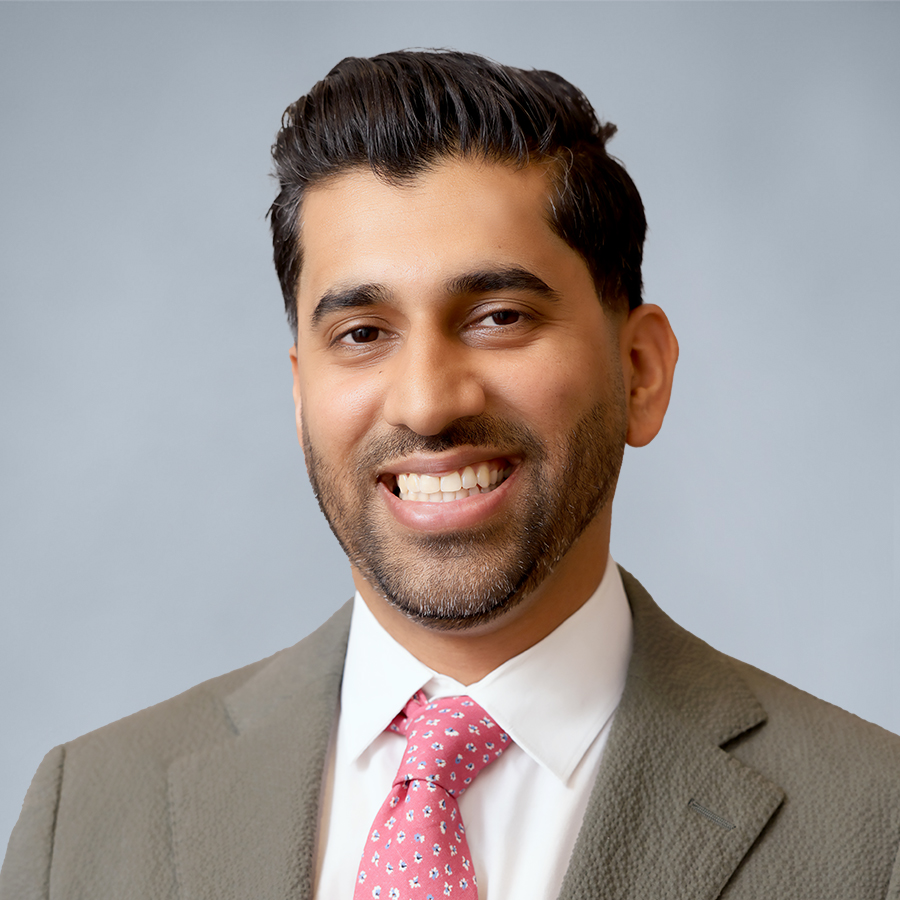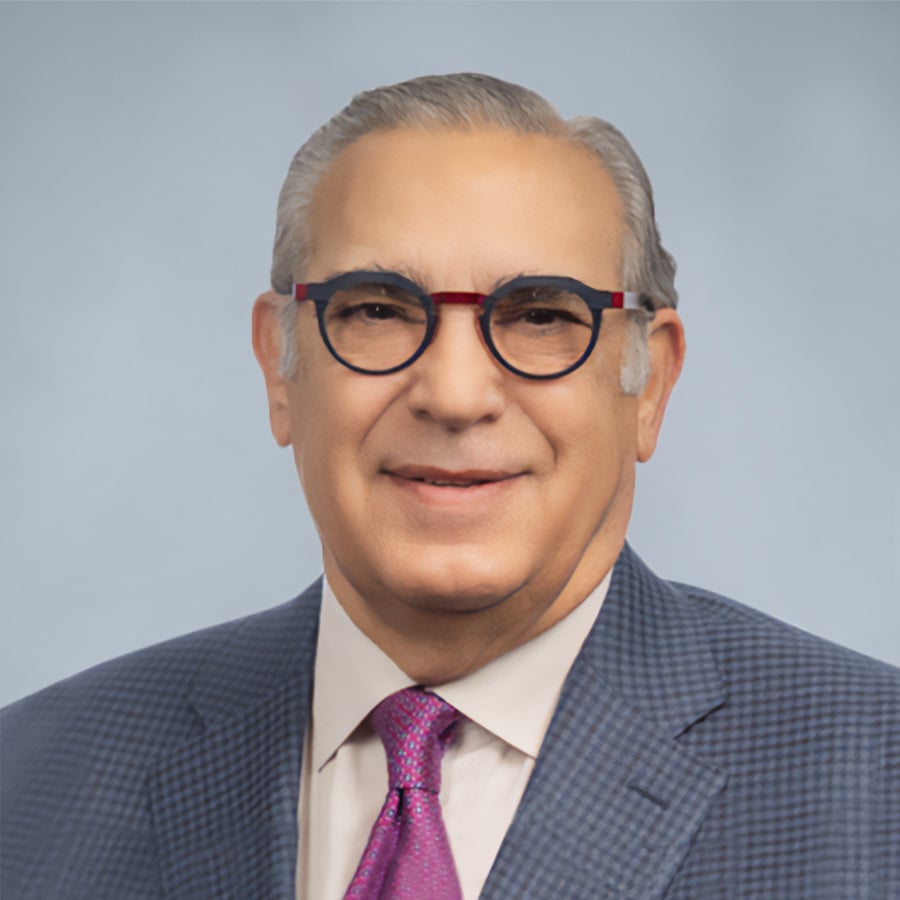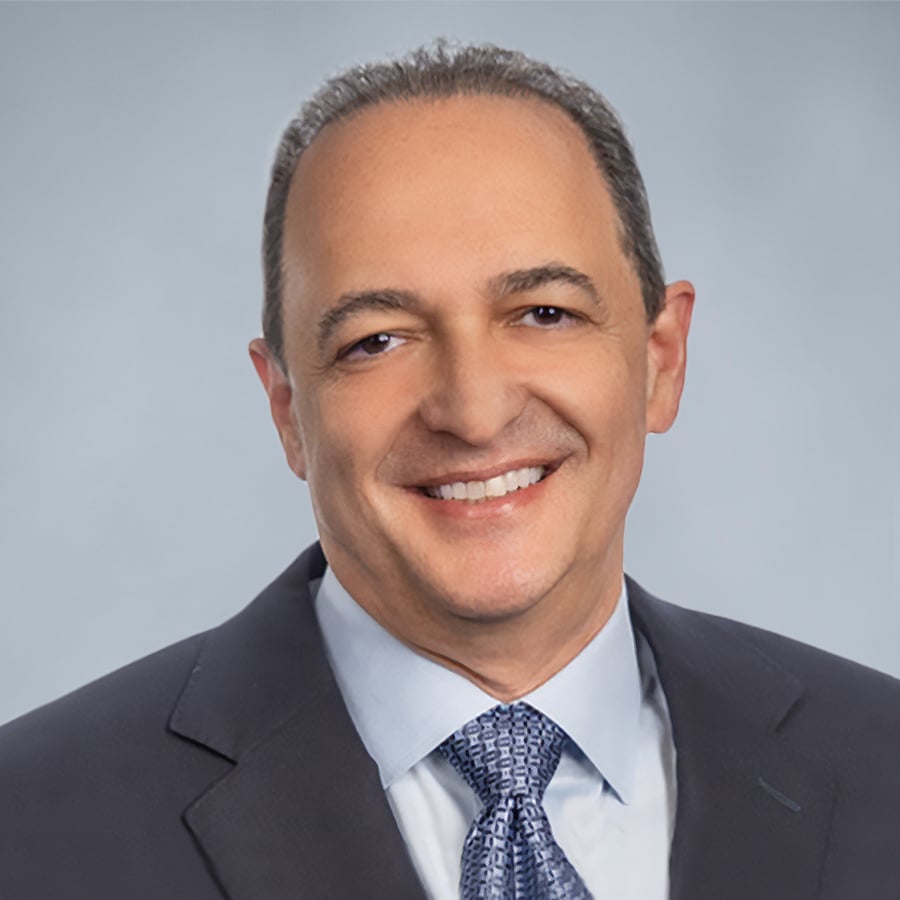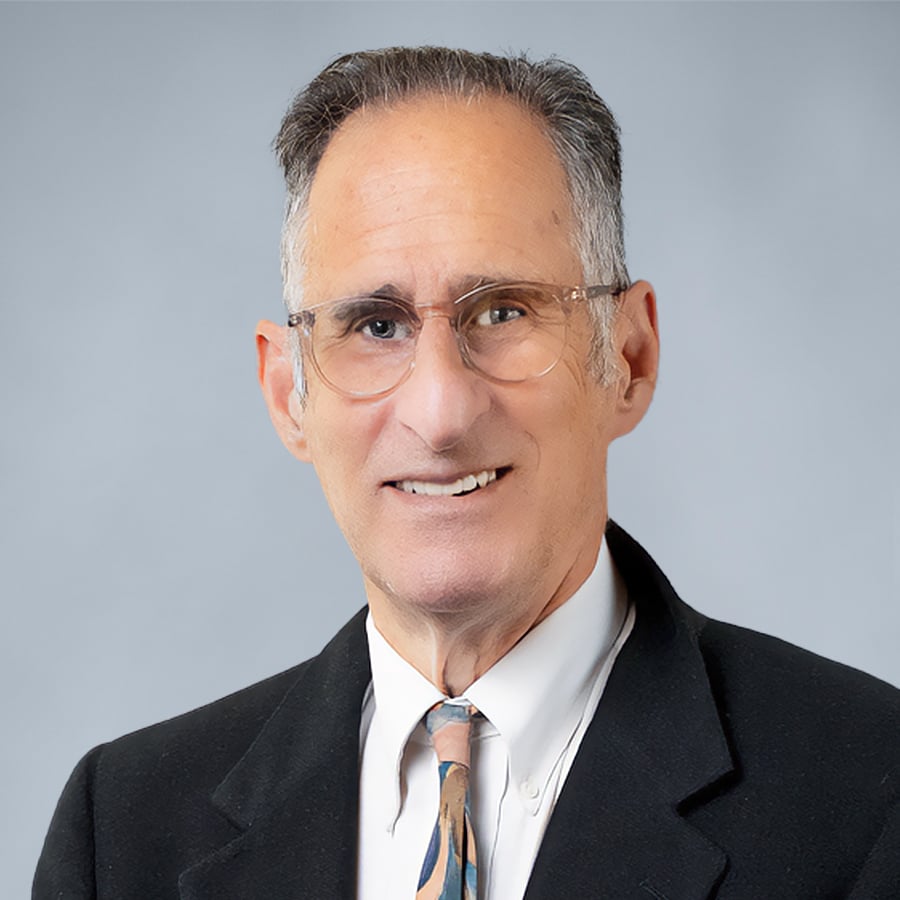What are cataracts?
As we get older, our eyesight becomes less sharp, and some may notice that their eyesight is blurry or foggy. This is extremely common and can happen for a few reasons, but one of the biggest causes is cataract development. Cataracts are extremely common–responsible for about 51% of blindness worldwide.
Cataracts are associated with age, and almost everybody develops cataracts starting in their 50s. Cataracts occur as the natural lens in our eyes begins to develop protein deposits, causing blurriness and distortion in vision. As the cataract develops, less and less light is let through the eye, eventually leading to significant vision loss.
Because cataracts develop slowly over a period of years, most patients do not notice an apparent change in their vision at first. In most cases, an eye doctor will discover cataract development before the patient notices it. Attending regular eye examinations allows your eye doctor to keep close watch on cataract development, helping to determine when it is time for cataract surgery.
Before cataract surgery, many patients find that eyeglasses or contact lenses help improve vision. However, this is only a temporary fix. As cataracts mature, it is impossible to correct vision with prescription glasses or contact lenses, making cataract surgery necessary.
While cataracts have the potential to cause blindness, they are treatable at all stages of development. The only effective treatment available for cataracts today is through cataract surgery. Cataract surgery is one of today’s most common eye surgeries, with great success rates. Cataract surgery has made many advances over the years and is now one of the safest and most effective procedures we perform here at OCLI.
Being diagnosed with cataracts can be daunting, but rest assured that you are in good hands with our experienced doctors here at OCLI. In fact, many patients can see better without glasses after cataract surgery than they did when they were young. Cataract surgery is a modern-day medical miracle. If you would like to learn more about cataracts or cataract surgery, make an appointment with us!
Getting ready for cataract surgery
As previously mentioned, cataract surgery is one of today’s most common eye surgeries. Rest assured, the success of this procedure is amazing! If it has been determined that you will need cataract surgery you will want to consult with the OCLI staff about the process of eye exams and preparation for surgery. You will also need to discuss who will be your surgeon and what type of lens implant you will need. Please note that it is important to get proper consultation on intraocular lens implants as this could play a major role in how you see after cataract surgery.
Top 3 things to consider prior to cataract surgery
- Determine who will be your cataract surgeon. OCLI offers some of the best cataract surgeons in the country who operate with only the best technology.
- Get proper consultation on intraocular lens implants. You will have options for monofocal lens implants (which are significantly covered by Medicare) and premium lens implants that will enable better vision after surgery. (Additional fees apply for premium lens implants).
- Determine your after-surgery care plan. This involves finding someone to drive you. You must also consult OCLI regarding the post-surgery drop regimen.
Understanding premium lens implants
Modern-day lens implants for cataract surgery have significantly improved over the last ten to twenty years. Prior to the advent of premium lens implants or multifocal IOLs, a cataract surgery patient had one option. This one option was a monofocal lens implant, which could only correct vision at one distance. Now patients have the options for multifocal and extended depth of focus lens implants that can correct vision at near, far, and intermediate distances.
Some patients that receive this lens implant can even eliminate glasses from their lifestyle. Intraocular lenses come in a variety of materials and designs. Your cataract surgeon will be able to advise you on what type of lens would be best for your unique visual situation. It is important for patients to realize that while cataract surgery with intraocular lens implantation frequently results in a reduced dependency on eyeglasses it is never guaranteed to eliminate eyeglasses entirely.
Standard lens implants
– Great vision with glasses
– Removes cloudy lens and replaces it with a new, clearer one, reducing visual haze
– Typically still requires the use of glasses or contacts for distance, intermediate, and near vision
Astigmatic correction only
– Provides excellent distance vision – Reading glasses are required
– Typically allows freedom from glasses for most distance activities. Reading glasses may need to be worn occasionally.
– Utilizes a premium lens implant
Visual freedom with premium IOL
– Typically allows freedom from glasses for 85 percent of activities to no glasses at all.
– Reading glasses may need to be worn occasionally
– Utilizes a premium lens implant
Choosing how you will see after your cataract surgery is a once-in-a-lifetime opportunity. Your OCLI surgeon and team will answer all of your questions and will help you choose the right option for your eyes and lifestyle.
Laser cataract surgery vs. traditional cataract surgery
Cataract surgery has evolved significantly over the years. This isn’t the same cataract surgery that your parents may have had. Long hospitalizations are no longer required since the procedure is now performed at a dedicated surgery center.
We’re also proud to announce the arrival of laser cataract surgery that’s done with our state-of-the-art CATALYS® Precision Laser System. We also can perform traditional phacoemulsification cataract surgery. Take a moment to review our pages on cataract surgery technologies and the various advantages they can bring to the surgical experience.
Laser-assisted cataract surgery has many benefits to consider.
– A highly customized procedure using advanced 3D imaging
– Treatment with little or no discomfort
– More precise treatment and centration
– Gentler, easier removal, especially for denser cataracts
– A more precise technique for minor astigmatism correction
– More rapid visual recovery due to reduced inflammation
Common cataract questions
It is very normal for someone to have questions and concerns going into cataract surgery. This is precisely the reason we have an entire page on this website dedicated to cataract FAQs. Here are a few questions listed below and if you have more questions please feel free to visit our page regarding cataract FAQs.
How is a cataract detected?
A thorough eye examination by your ophthalmologist (medical eye doctor) can detect the presence and extent of a cataract, as well as any other conditions that may be causing blurred vision or discomfort.
What can I expect from cataract surgery?
Over 2 million people have cataract surgery each year in the United States, 95% without complications. During cataract surgery, which is usually performed under local anesthesia as an outpatient procedure, the cloudy lens is removed from the eye. In most cases, the focusing power of the natural lens is restored by replacement with a permanent intraocular lens implant.
Reviewed by Eric D. Donnenfeld, MD








































































